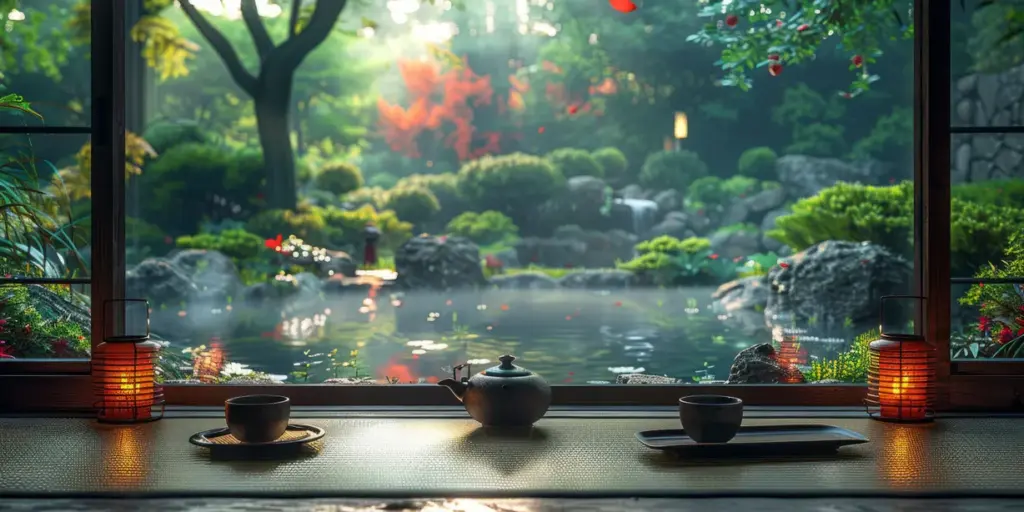Introduction to Kyoto’s Hidden Gems
Kyoto, Japan’s ancient capital, is renowned not only for its historical significance but also for its serene ambience. If you’re seeking tranquility, look no further than Kyoto’s hidden temples and Zen gardens. These peaceful sanctuaries promise a unique experience that allows you to deeply connect with nature and history.
The Serenity of Zen Gardens
Kyoto is home to some of the most exquisite Zen gardens in the world. These gardens are meticulously designed to promote peace, meditation, and reflection. **Kinkaku-ji**, also known as the Golden Pavilion, features a stunning garden that perfectly complements its shimmering structure. Wander through its pathways to find your inner calm.
Exploring Hidden Temples
Beyond the well-known sites, Kyoto boasts numerous lesser-known temples that are equally captivating. The **Gio-ji Temple**, nestled in the lush greenery of the Arashiyama district, offers a serene escape with its moss-covered grounds and tranquil atmosphere. Every visit to these hidden temples provides an opportunity for introspective exploration.
Finding Inner Peace through Meditation
Many of Kyoto’s hidden temples offer meditation sessions that are open to the public. Attending one of these sessions can be a transformative experience. The **Shunko-in Temple** is known for its English-speaking meditation classes, which provide insights into Zen practices and foster a sense of inner harmony.
The Cultural Significance
Understanding the cultural context of these temples and gardens enriches the experience. The meticulous design of each garden and the architectural details of each temple reflect centuries of tradition and artistry. **Ryoan-ji** Temple, with its famous rock garden, exemplifies the Zen principle of simplicity and mindfulness.
Photographic Opportunities
Kyoto’s hidden temples and Zen gardens are a photographer’s dream. The play of light and shadow, especially during sunrise and sunset, creates breathtaking vistas. **Honen-in Temple** in particular offers picturesque views that capture the essence of Kyoto’s serene beauty.
Seasonal Changes
Each season brings a different charm to Kyoto’s gardens and temples. Spring cherry blossoms, summer greenery, autumn foliage, and winter’s serene snowscape offer year-round vivid experiences. **Eikando Zenrin-ji**, famed for its autumn colors, is a must-visit during the fall season.
Local Flavors and Tea Ceremonies
Complement your visit by indulging in local cuisine and participating in traditional tea ceremonies. Many temples offer tea ceremonies that allow visitors to savor the delicate flavors of Kyoto’s green tea while basking in the peaceful surroundings. **Kodaiji Temple** is one such place where you can experience this ancient ritual.
Conclusion
Kyoto’s hidden temples and Zen gardens are more than just tourist attractions; they are sanctuaries that offer a retreat from the hustle and bustle of daily life. They provide a unique opportunity to experience the essence of Japanese culture and find inner peace. For anyone looking to unwind and reconnect with themselves, a visit to these tranquil havens is an absolute must.



